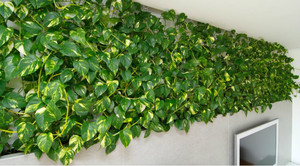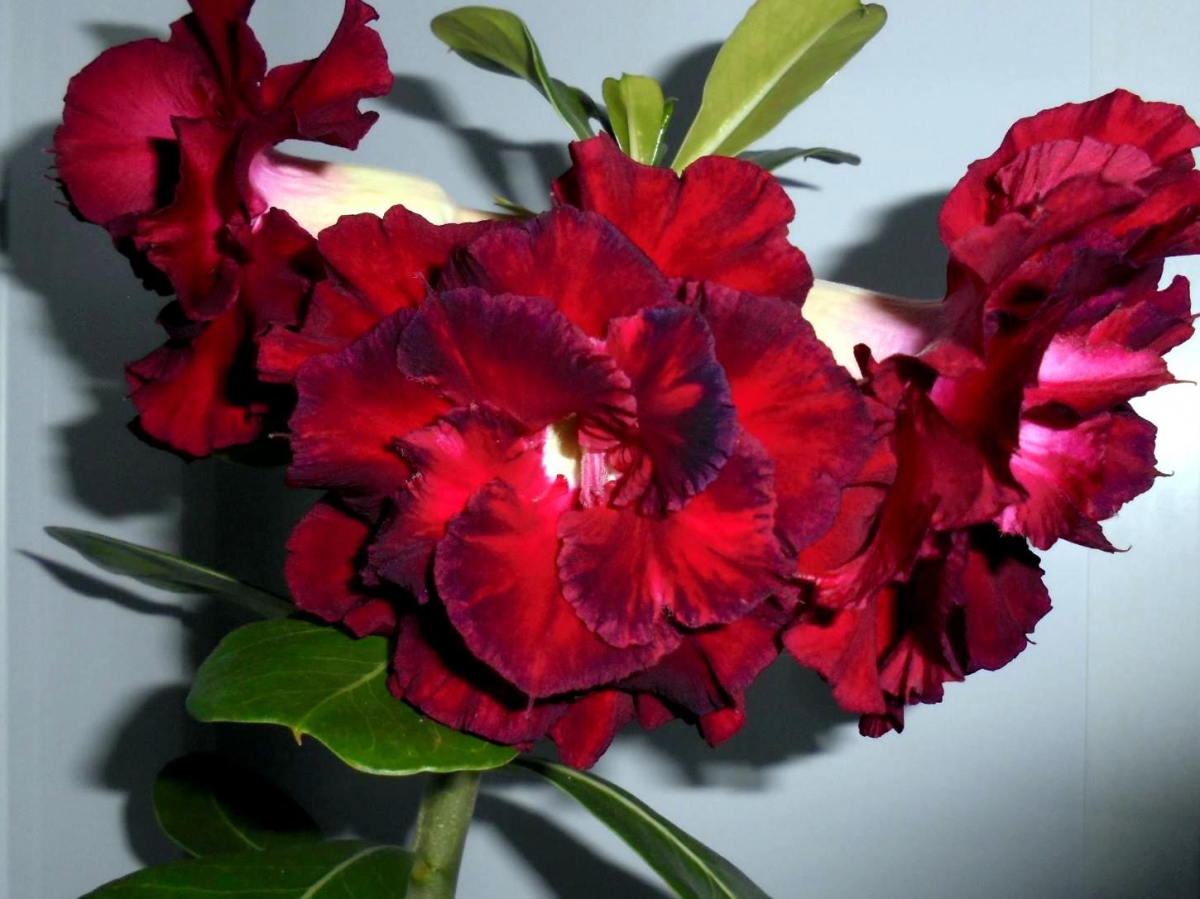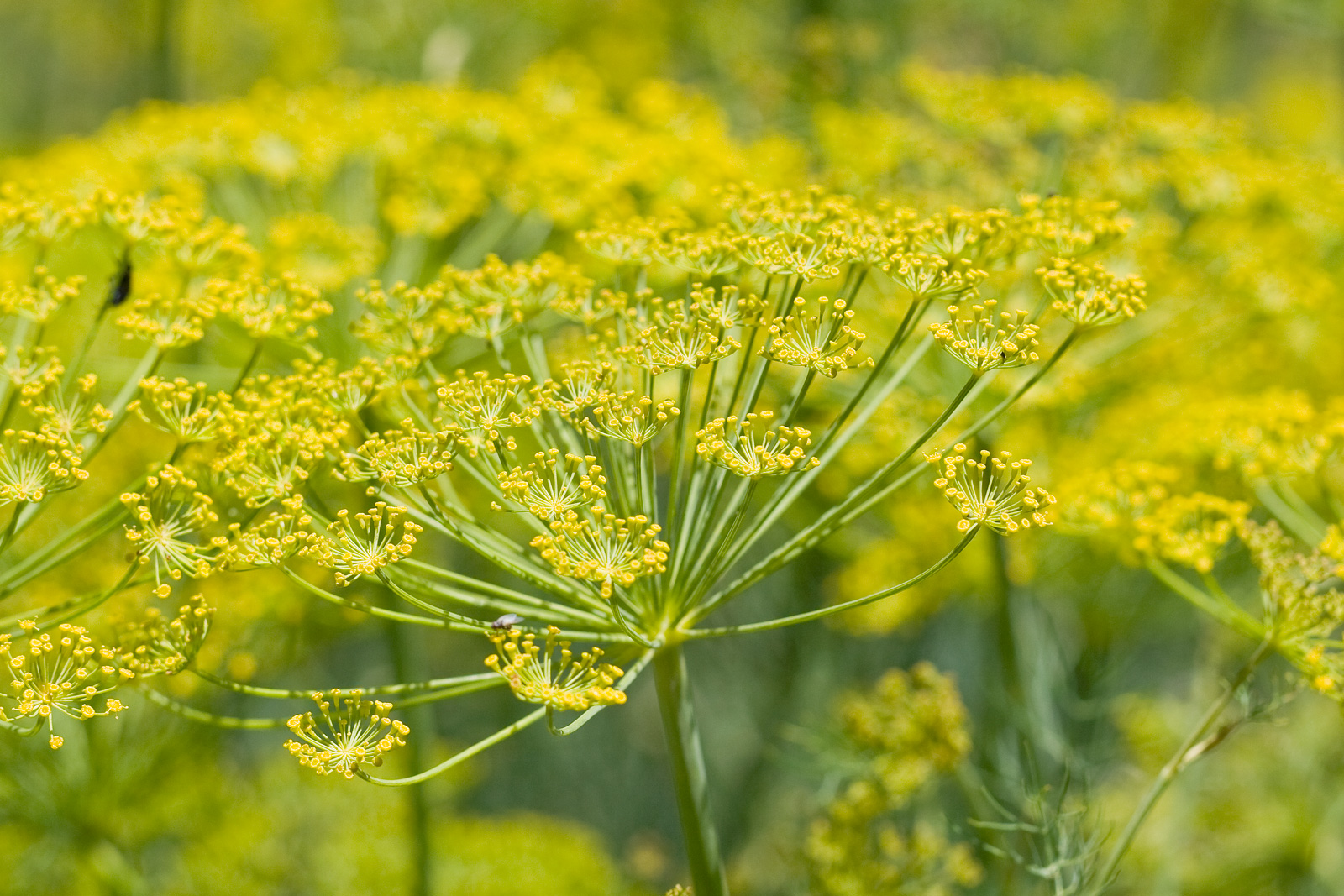Decorating their home with indoor plants, not everyone thinks about the benefits that they bring. Meanwhile, some house flowers are able to heal their owners from various diseases.
Lemon
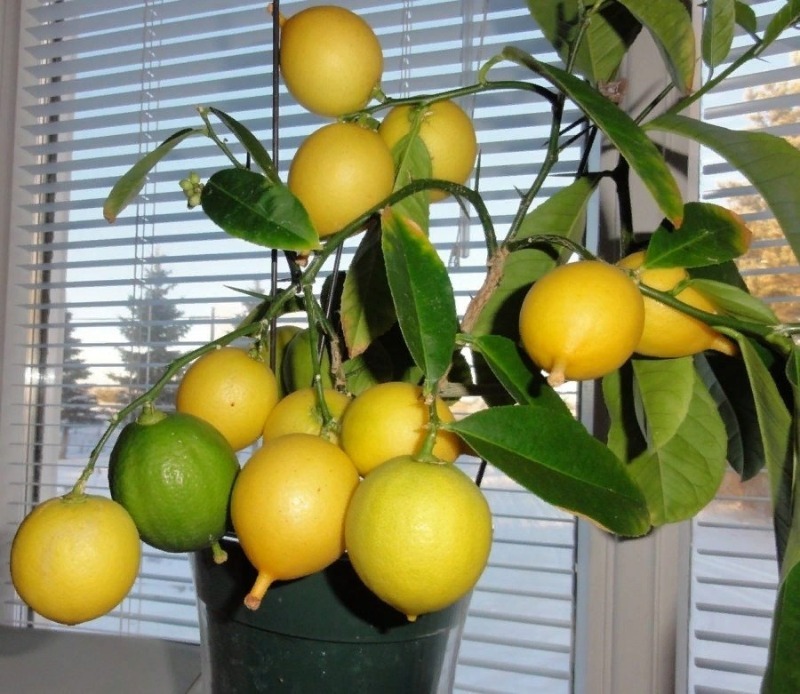
Not only fruits, but also flowers and lemon leaves are rich in essential oils. Even a small concentration of this substance in the air quickly and effectively lowers blood pressure.
The scent of greenery imparts a sense of vigor, improves mental performance. At the same time, it has a positive effect on the amplitude of brain biocurrents.
This leads to the fact that citrus plants become desirable in every home, even without the possibility of fruiting. In recent years, the range of useful plantations that have migrated to apartment windowsills has expanded significantly.
In addition to the usual oranges, lemons and grapefruits, people began to acquire more exotic ones. Among them: citrons, calamandins, oranges and murrayas.
Common myrtle
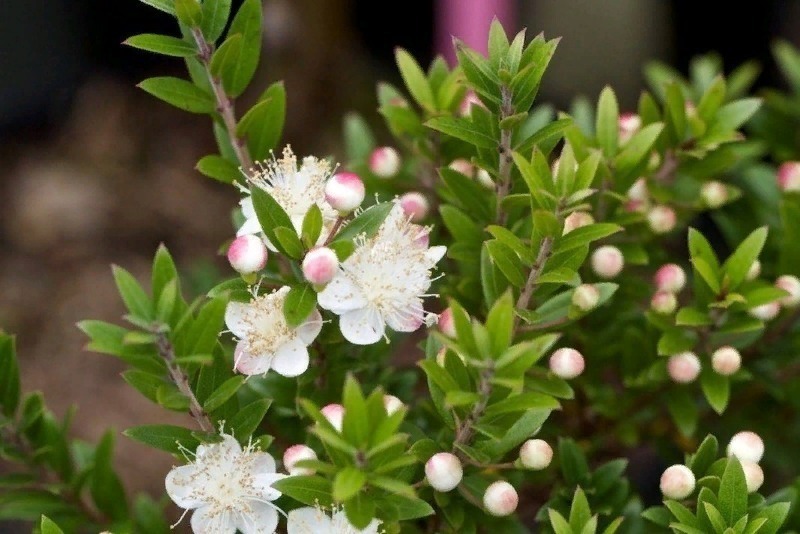
In modern Ayurvedic practice, common myrtle is rightfully recognized as a powerful source of phytoncides. In other words, in the room where this domesticated plant is located, the number of various harmful microorganisms in the air is significantly reduced.
At the same time, the owner of this green healer increases the body's resistance to acute respiratory diseases. And also volatile biologically active substances of myrtle have a beneficial effect on cardiac activity.
Geranium
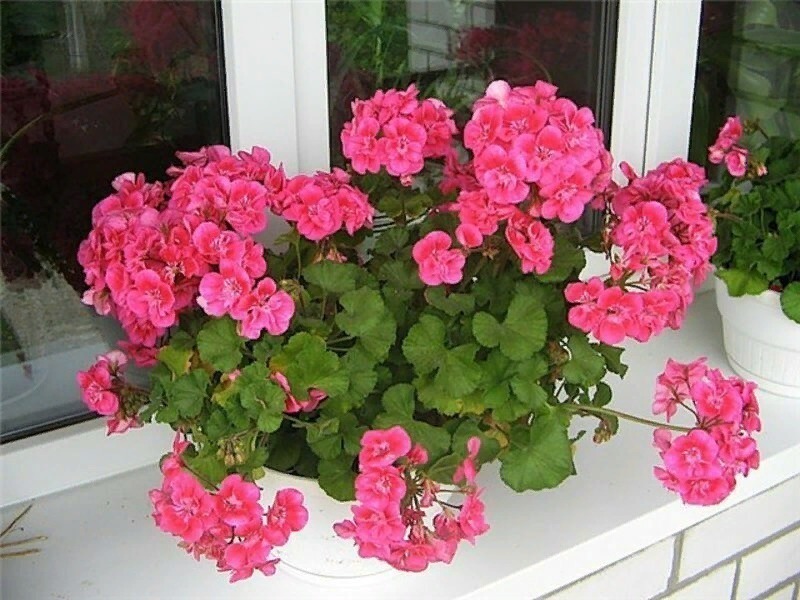
Standard Scented Geranium, surprisingly, has a lemon-like aroma. Its excessive specificity is due to the presence of a high level of phytoncides in the flower. It is they that determine the beneficial properties of this plant.
Those who are engaged in growing geraniums on their windowsill benefit in their pure form. After all, the odorous substances of pelargonium relieve fatigue, irritability and normalize sleep.
A healthy plant is able to relieve anxiety, helps to cope with chronic fatigue, diseases of the nervous system. For insomnia, it is recommended to stuff the pillow with dried geranium leaves to eliminate the cause and symptoms of the disorder.
Hibiscus
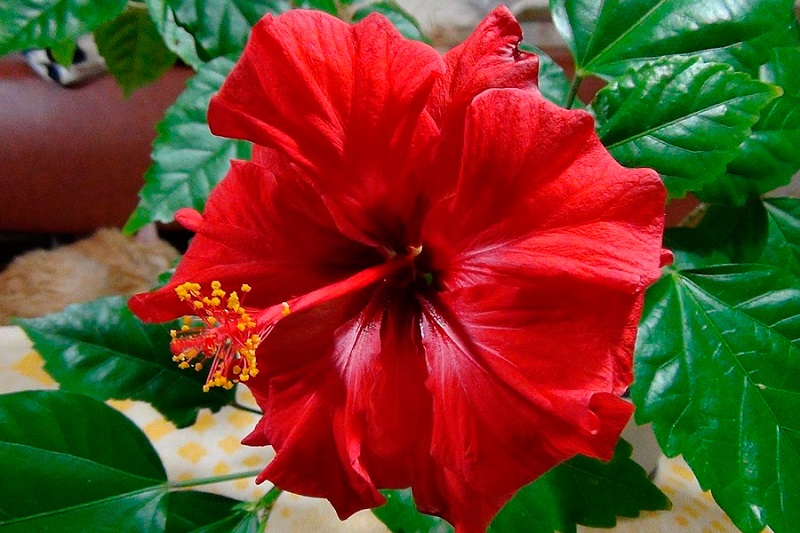
Chinese rose, flower of death - all these poetic and sometimes frightening names belong to one unpretentious plant - hibiscus. The benefits of this plant are hidden in its chemical composition. Indeed, it contains huge amounts of flavonoids, phytosterols and other active biological substances.
Hibiscus petals have long been used to make the famous hibiscus tea. Scientists have proven the benefits of this drink for immunity - it helps to strengthen it and increase the protective properties of the body. Also, the plant has antibacterial and antimicrobial effects. Its presence in the room significantly reduces the activity of pathogenic bacteria.
Cissus

Another favorite of Ayurvedic practices is the quadrangular cissus. This house plant has antibacterial, antifungal, antioxidant and anti-inflammatory properties. Thanks to this, it has become widespread and recognized in homeopathy and traditional medicine.
Cissus quadrangular has tonic and analgesic properties. However, its main therapeutic effect is different. This plant is able to significantly accelerate the regenerative processes of bone tissue, tendons and cartilage.
It is also a natural immunomodulator. Cissus is able to increase the tone and internal strength of the body. Due to these properties, it is often used as an energy drink.
Ficus
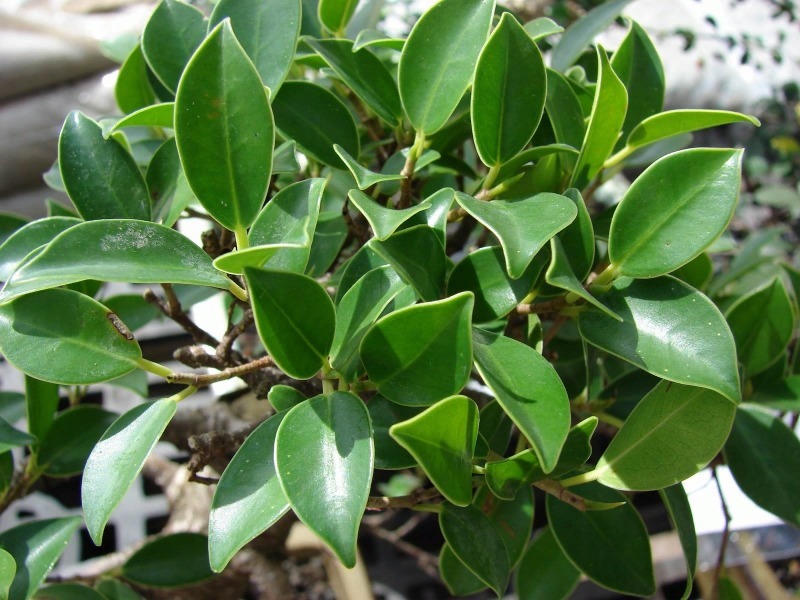
Ficus is rightfully recognized as one of the best indoor plants. It has a powerful ability to clean indoor air from various harmful impurities and saturate it with oxygen.
This plant effectively removes toxins from the environment such as benzene, phenol and formaldehyde, which are often emitted by furniture made from wood-based materials. And this unpretentious flower, like a magnet, attracts dust that hovers in the room.
